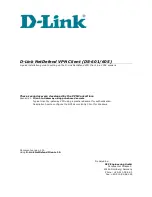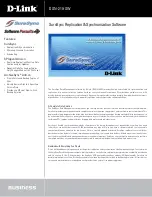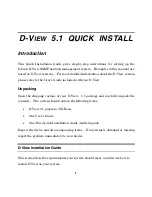
398
Copyright © Acronis, Inc., 2000-2010
prevent access to the backup archives, even in case the storage medium is stolen or accessed by
a malefactor, by using encrypted vaults (p. 394).
Storage node-side cleanup
Cleanup (p. 390) performed by a storage node (p. 397) according to the backup plans (p. 388) that
produce the archives (p. 387) stored in a managed vault (p. 395). Being an alternative to the agent-
side cleanup (p. 387), the cleanup on the storage node side relieves the production servers of
unnecessary CPU load.
Since the cleanup schedule exists on the machine (p. 395) the agent (p. 387) resides on, and
therefore uses the machine’s time and events, the agent has to initiate the storage node-side
cleanup every time the scheduled time or event comes. To do so, the agent must be online.
The following table summarizes the cleanup types used in Acronis Backup & Recovery 10.
Cleanup
Agent-side
Storage node-side
Applied to:
Archive
Archive
Initiated by:
Agent
Agent
Performed by:
Agent
Storage node
Schedule set by:
Backup plan
Backup plan
Retention rules set by:
Backup plan
Backup plan
Storage node-side validation
Validation (p. 399) performed by a storage node (p. 397) according to the backup plans (p. 388) that
produce the archives (p. 387) stored in a managed location (p. 395). Being an alternative to the
agent-side validation (p. 387), the validation on the storage node side relieves the production servers
of unnecessary CPU load.
T
Task
In Acronis Backup & Recovery 10, a task is a set of sequential actions to be performed on a managed
machine (p. 395) when a certain time comes or a certain event occurs. The actions are described in
an xml script file. The start condition (schedule) exists in the protected registry keys.
Tower of Hanoi
A popular backup scheme (p. 389) aimed to maintain the optimal balance between a backup archive
(p. 387) size and the number of recovery points (p. 397) available from the archive. Unlike the GFS (p.
395) scheme that has only three levels of recovery resolution (daily, weekly, monthly resolution), the
Tower of Hanoi scheme continuously reduces the time interval between recovery points as the
backup age increases. This allows for very efficient usage of the backup storage.
For more information please refer to "Tower of Hanoi backup scheme (p. 36)".



































